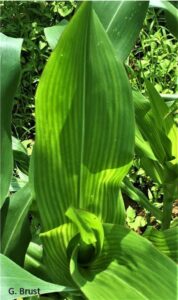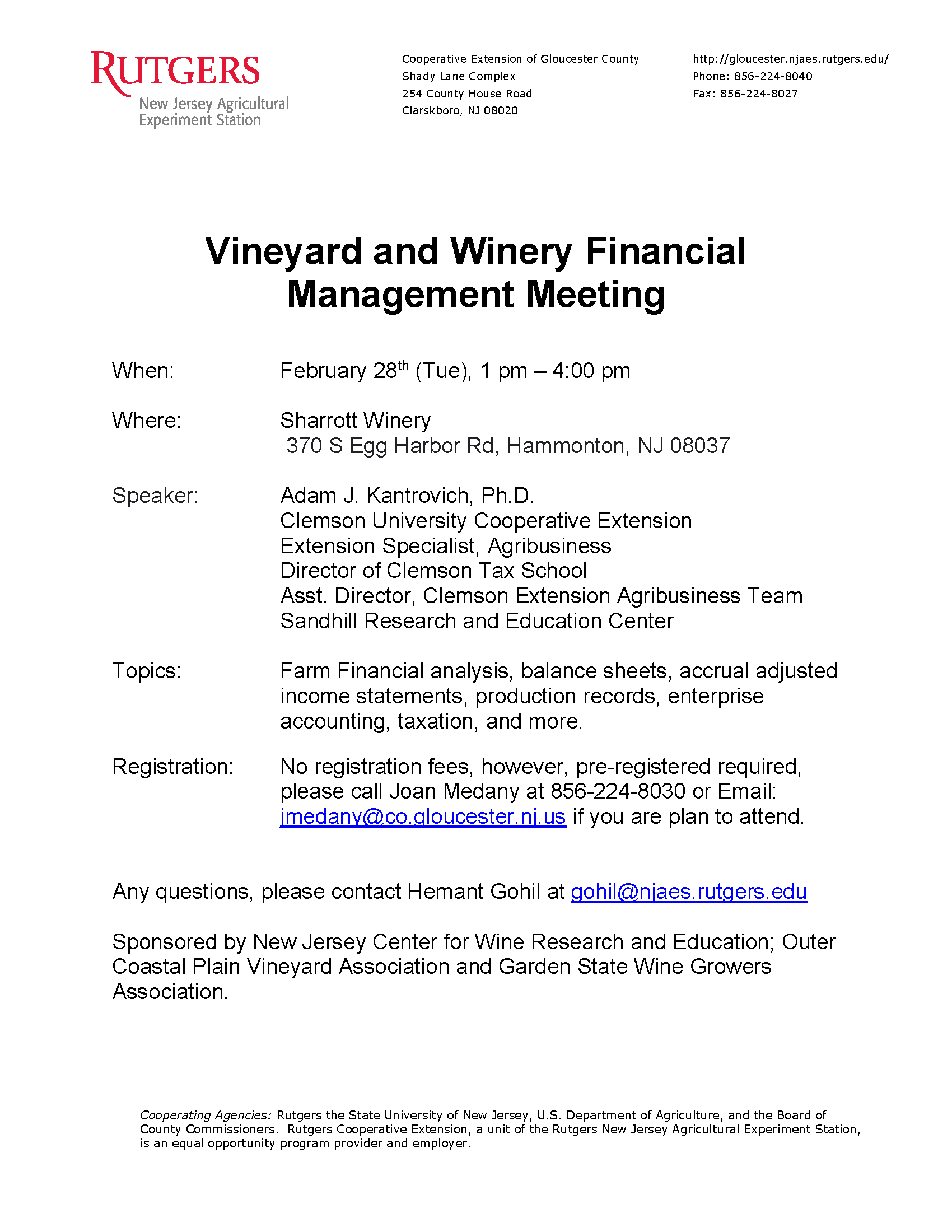April 6 (Thu) @ 7 PM
Gloucester County Govt. Services Building: 1200 N. Delsea Drive, Bldg. # A, Clayton, NJ 08312
Pesticide credits requested: CORE, 1A, PP2, 10
7 pm: Welcome. Notes from Colorado peach meeting: market updates, etc.
Hemant Gohil, Gloucester County Agricultural Agent, Rutgers NJAES
Pesticide Safety and Regulations Update for 2023 (CORE)
George Hamilton, Extension Specialist in Pest Management, Rutgers NJAES
Field observations from the IPM Program
Dave Schmitt, Fruit IPM Program Associate, Rutgers NJAES
Management of Peach Bacterial Spot: Timing Bactericide Sprays to Rainfall Events
Norman Lalancette, Extension Specialist, Tree Fruit Pathology, Rutgers NJAES
Urea Nitrogen Fertilizer and Nickel Nutrition for Orchard Health
Joseph Heckman, Extension Specialist in Soil Fertility, Rutgers NJAES.
Alon Rabinovich, Postdoc Associate, Plant Science Department, Rutgers Uni.
9 pm: Pesticide re-certification credits application and Adjourn
Light fare will be provided. Please call Joan Medany at jmedany@co.gloucester.nj.us or 856-224-8030 if you plan to attend. If additional assistance is needed, please get in touch with Hemant Gohil (Program Organizer) at 856-224-8029 before the meeting.


